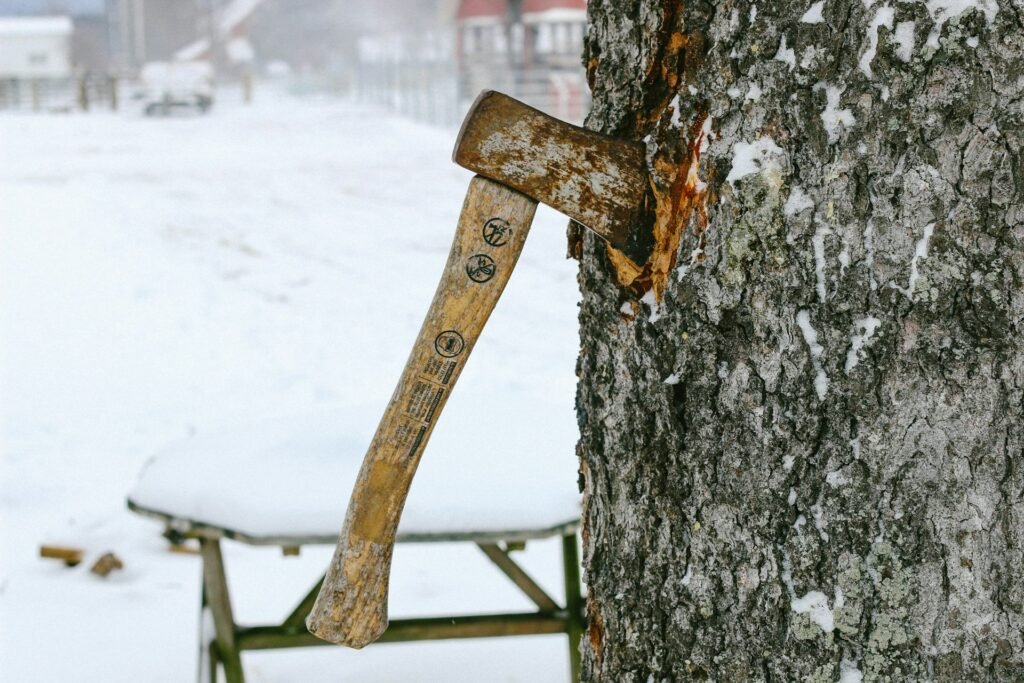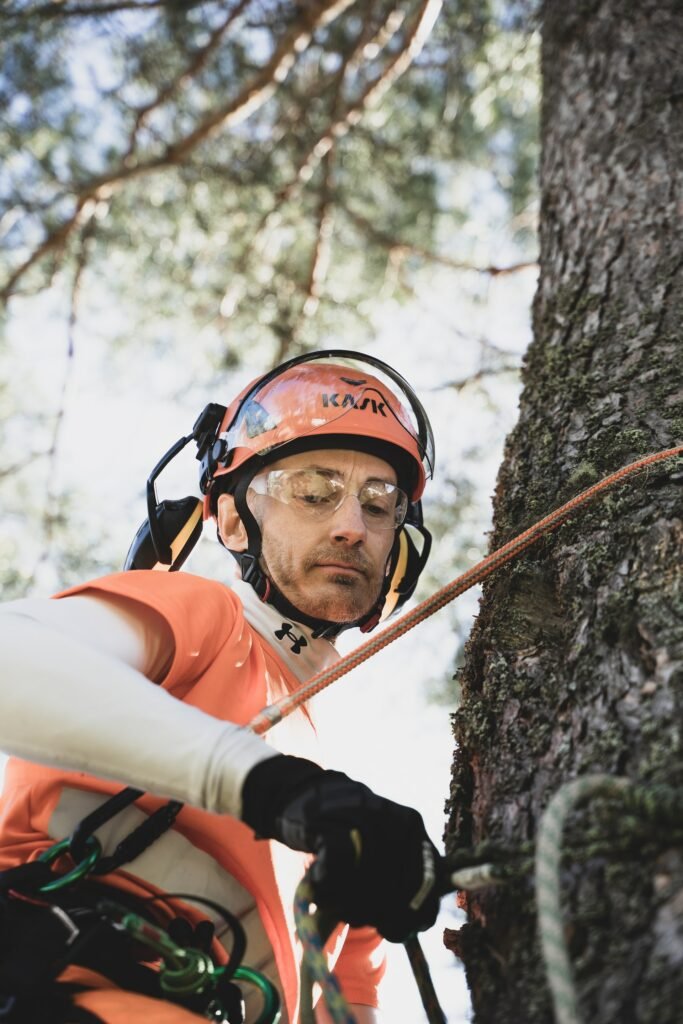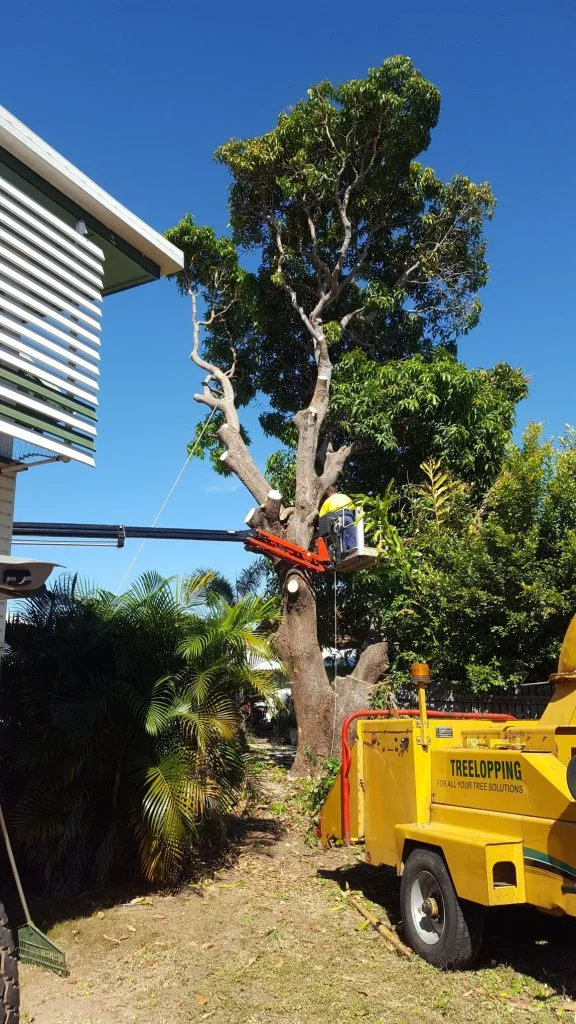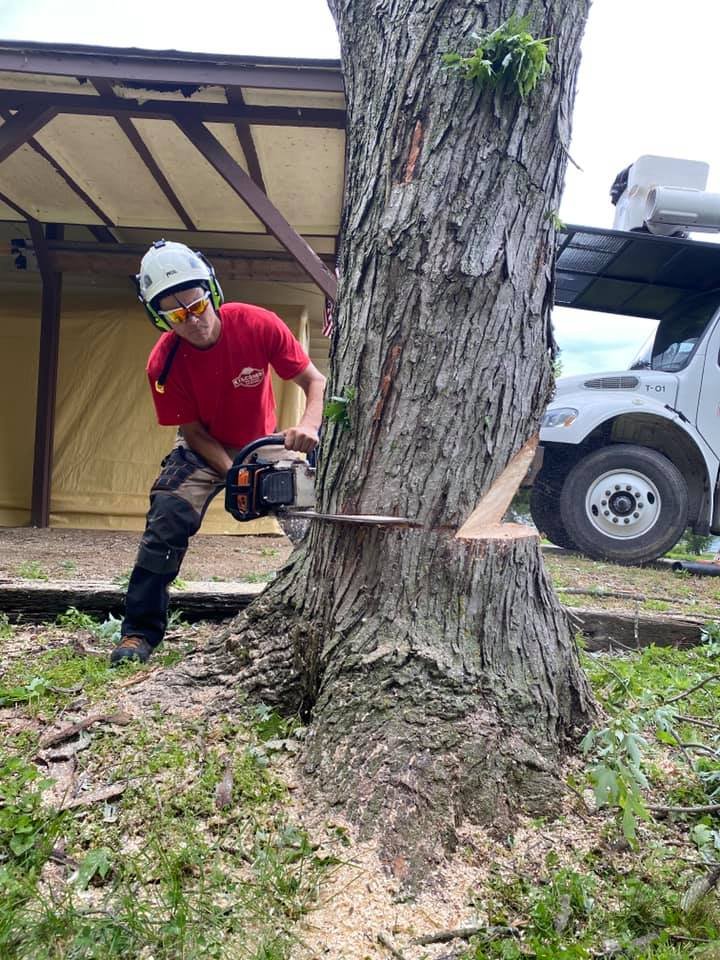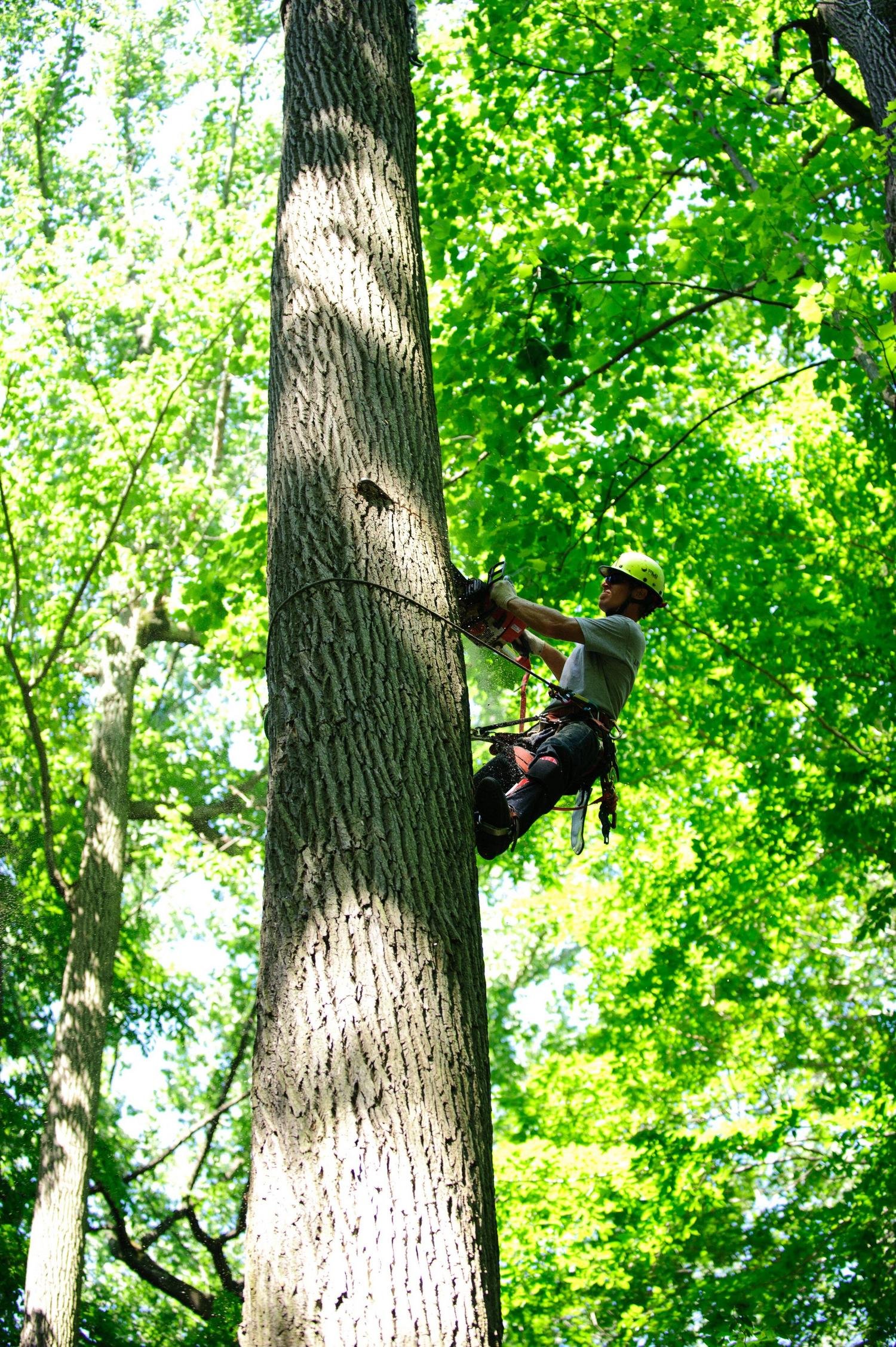Arboriculture, the art and science of cultivating and managing trees, confronts unparalleled challenges amid the transformative impacts of climate change on the environment. Trees, once thought of as resilient fixtures of the landscape, are now confronted with altered weather patterns, extreme events, and shifting ecosystems. As custodians of the natural environment, arborists bear the responsibility of adjusting their practices to safeguard the health and enduring vitality of trees amidst the profound shifts brought about by climate change.

Understanding Environmental Shifts
To effectively adapt arboriculture practices, it is crucial to first comprehend the nature and extent of environmental shifts. The repercussions of climate change manifest in escalating temperatures, alterations to precipitation patterns, and a heightened frequency and intensity of extreme weather events. These modifications exert a profound influence on the health and well-being of trees, affecting their growth rates, susceptibility to pests and diseases, and overall resilience in a significant manner.
Adapting Tree Species Selection
One key aspect of adapting arboriculture practices involves reevaluating the selection of tree species for specific locations. As climates undergo a transformation, certain tree species may find themselves less aligned with the prevailing conditions, potentially compromising their adaptability and well-being. Arborists are tasked with discerning and advocating for the utilization of tree species that exhibit heightened resilience to the evolving environmental dynamics. This may involve introducing drought-tolerant species, heat-resistant varieties, or those better equipped to handle increased pest pressures.
Implementing Climate-Responsive Pruning Techniques
Pruning is a fundamental aspect of tree care, influencing their structure, health, and aesthetics. In the face of environmental shifts, arborists need to adopt climate-responsive pruning techniques. In regions prone to increasingly frequent and intense storms, arborists should employ strategic pruning techniques aimed at mitigating the risk of wind damage. This involves shaping trees to enhance their structural integrity and fortify them against the forces of strong winds. Additionally, strategic pruning can help mitigate the impact of prolonged drought by reducing water loss through transpiration.
Water Management Strategies
The availability of water stands as a pivotal determinant influencing the health of trees, and with shifting precipitation patterns, arborists must craft adaptive water management strategies to ensure the optimal hydration and well-being of these vital green guardians. This includes optimizing irrigation systems, collecting rainwater for use during dry periods, and implementing mulching to retain soil moisture. Arborists should also educate communities on responsible water usage and the importance of preserving mature trees that contribute to local water cycles.
Monitoring and Early Detection of Pests and Diseases
Environmental shifts can give rise to favorable conditions conducive to the proliferation of pests and diseases, conditions that were once restrained by climatic factors. Arborists must enhance monitoring efforts to detect potential threats early on. This involves regular inspections, the use of technology such as remote sensing and data analytics, and collaboration with researchers to stay informed about emerging risks. Early detection allows for more targeted and effective intervention strategies.
Enhancing Soil Health
The vitality of trees is intricately intertwined with the state of the soil in which they take root and flourish. Environmental shifts can alter soil composition and nutrient availability, impacting tree growth and vitality. Arborists should accord precedence to soil health, employing practices like aeration, integrating organic matter, and inoculating with mycorrhizal fungi to augment nutrient uptake and bolster the overall well-being of trees. Healthy soils contribute to the resilience of trees against environmental stressors.
Community Engagement and Education
Adapting arboriculture practices goes beyond the work of individual arborists; it requires the active involvement of communities. Arborists wield a pivotal role in enlightening the public about the profound significance of trees, elucidating the repercussions of climate change on urban forests, and advocating for collective action to preserve and nurture these vital components of our environment. Community engagement efforts can include tree planting initiatives, workshops on sustainable tree care practices, and fostering a sense of responsibility for local green spaces.
Investing in Research and Innovation
To remain at the forefront of their field, arborists must proactively immerse themselves in research and innovation, continually seeking new insights and advanced techniques to elevate the standards of tree care practices. This involves collaborating with scientists, arboriculture experts, and technology developers to develop and implement cutting-edge solutions. From climate-resilient tree varieties to advanced monitoring systems, investing in research ensures that arboriculture practices remain adaptive and effective in the face of ongoing environmental shifts.
Conclusion
Adapting arboriculture practices to environmental shifts is an imperative task in the era of climate change. Arborists, as custodians of our urban and natural landscapes, must be proactive in reassessing and evolving their approaches to tree care. By embracing climate-responsive tree selection, pruning techniques, water management strategies, and community engagement, arborists can contribute significantly to the resilience and vitality of our tree populations in the face of a changing world. The commitment to ongoing research and innovation will further empower arborists to meet the challenges posed by environmental shifts, ensuring a sustainable and thriving future for our precious trees.



